The first thing you see as you step out of the lift on the fifth floor of the Whitney Museum and into ‘History Keeps Me Awake At Night’, a retrospective devoted to David Wojnarowicz, is a large self-portrait of the artist. If that’s a slightly unusual curatorial decision, well, this is a show where the line between the work and the man behind the work is – and perhaps has to be – smudged. The collage based on a photograph by Tom Warren shows Wojnarowicz standing with his sleeves rolled up, arms folded, looking straight into the camera. One side of the figure is daubed with red and yellow – there’s a blaze going on. But is he emerging from a fire? Or is he still burning? The right side of his face is masked and disfigured by a map of America. On his right arm are nine mini-clocks – apt for this gay artist who died of AIDS-related complications at the age of 37 and in whose work time is always running out.
Now – after decades during which other artists active in downtown New York in the 1970s and ’80s have become widely celebrated (think Nan Goldin, or Jean-Michel Basquiat, or Keith Haring), his surname has been stuttered over and mispronounced, and his output across poetry, film, painting and music has been at best invoked and more often ignored – Wojnarowicz’s time seems to have come. Recently there have been books such as Fire in the Belly (2012), a biography by Cynthia Carr, and The Lonely City (2016) by Olivia Laing, in which she praises his work for being ‘passionately in favour of diversity; acutely aware of how isolating a homogeneous world can be’; and also LPs, not just of the jittery post-punk he made with his band 3 Teens Kill 4, but drawn also from the audio tapes he made on road trips to the American South-west in 1989.
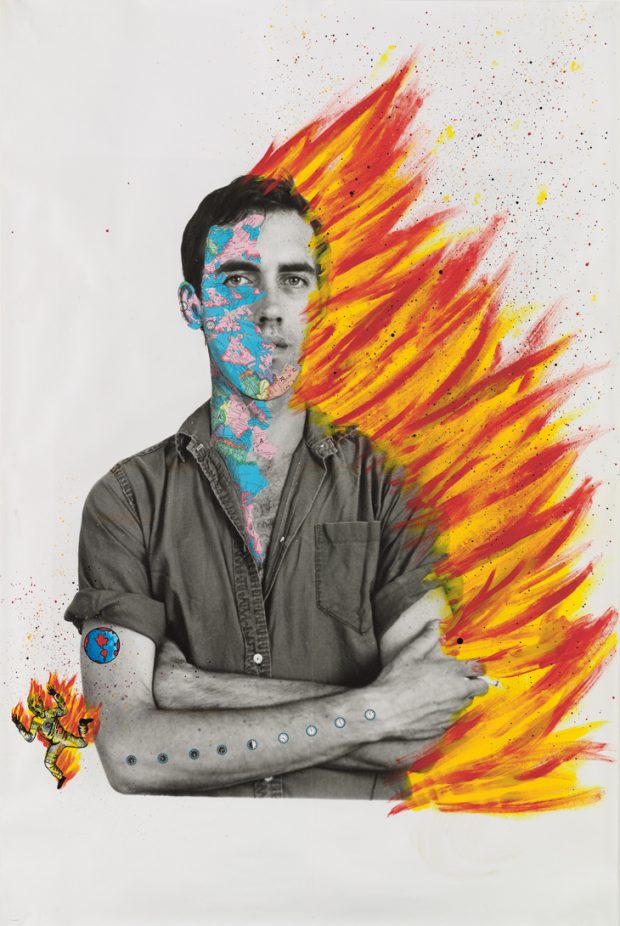
Self-Portrait of David Wojnarowicz (1983–84), David Wojnarowicz with Tom Warren. Collection of Brooke Garber Neidich and Daniel Neidich; photo: Ron Amstutz
Wojnarowicz was born in New Jersey. His father was an alcoholic seaman, and so cruel that he fed his children the family pet rabbit. At one point he kidnapped his children and took them off to rural Michigan. Wojnarowicz, autodidact and intellectually vagrant, didn’t go to college, but educated himself in foster homes, the streets of recession-era Manhattan where he turned tricks, in the nightclubs and piers along the West Side Highway where he danced, cruised and channelled into his early art the utopian yearnings of hustlers, outcasts and would-be artists – people like himself.
The artist’s best known work stems from that period. Rimbaud in New York is a series of photographs in which Wojnarowicz, who had spent time in Paris and saw something of himself in the outlaw poetics of the French writer, posed friends in Rimbaud masks in diners, garages and down-at-heel parts of the city. One photograph, a clarion call for art that is vitalist and socially charged rather than drily conceptualist, shows ‘Rimbaud’ standing in front of a graffito bearing a quotation from Joseph Beuys, ‘The Silence of Marcel Duchamp is Overrated’. A mask is on display at the Whitney; in a gesture at once violent, DIY-ish and playful, he used a lit cigarette to make its eye holes.
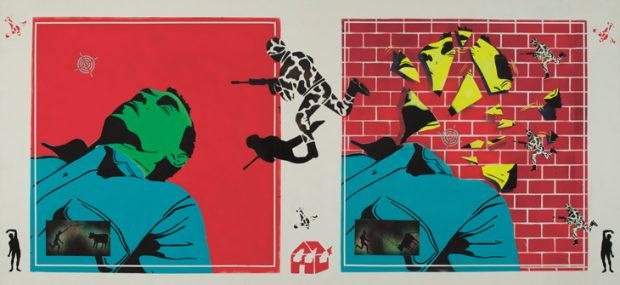
Untitled (Green Head) (1982), David Wojnarowicz. Collection of Hal Bromm and Donely Meris; Courtesy the Estate of David Wojnarowicz amd P.P.O.W., New York
Collages of other sexual dissidents such as Genet and Burroughs appear in the early rooms. There are also screenprints and posters from the early 1980s – full of falling men, burning houses, camouflage, gunsights and soldiers. They share the skittering tension and urban melodrama of the period, its graffiti and tagging scenes, its streetscapes full of ripped and torn flyposters for subaltern happenings. In a series entitled Metamorphosis there are more faces – or rather plaster heads painted in lurid colours, some with gags in their mouths, some smeared with $20 notes.
Wojnarowicz named one of his collage pieces I Use Maps Because I Don’t Know How to Paint (1984). Maps are certainly everywhere in this exhibition. He was inspired and inflamed by America – its foundational violence, the amnesia and ecocide that underpinned its capitalist trajectory, the way it had manufactured and upheld what he called a ‘pre-invented world’ – essentially, a world of sexual and racial apartheid, of fake idols, of malevolent modernity.
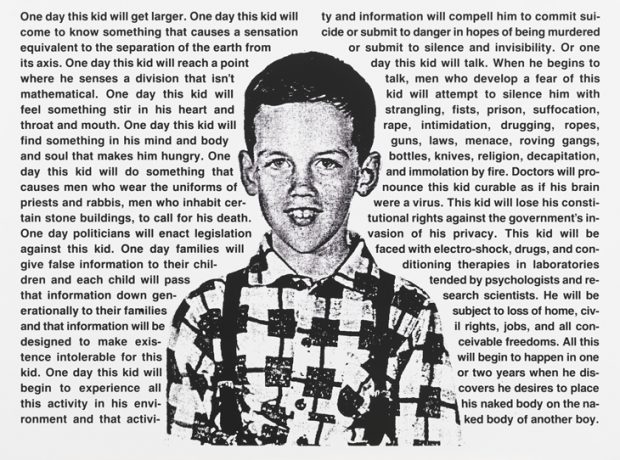
Untitled (One day this kid…) (1990), David Wojnarowicz. Whitney Museum of American Art, New York. Courtesy the Estate of David Wojnarowicz and P.P.O.W. Gallery, New York
Those ideas, as much instinctive as they are rigorously thought-through, inform the show’s loudest, least successful pieces – large-scale, colourful canvases such as the paintings The Newspaper as National Voodoo: A Brief History of the U.S.A. (1986), Earth, Wind, Fire, and Water (all 1987), and The Death of American Spirituality (1987). These are mulligatawny messes full of hyperreal colours, scribbles, vaguely Mexican motifs, grids and garish animation that recall Art Spiegelman’s 1980s comic Raw as well as hardcore punk record sleeves. They’re bold leaps, eager to move beyond the world of sidewalks and street hustling, but minor compared to the dense cosmologies of another queer artist operating in the same period – Derek Jarman.
The show moves chronologically, encompassing Wojnarowicz’s unfinished film A Fire in My Belly (1986–87), a listening space, documentation of his run-in with the Christian Right over funding for AIDS research, flower paintings from the 1980s that feature his heady, post-Beat prose and macabre black-and-white panels sewn on to the canvas. It adds up to a melancholic, angry, sometimes gorgeous exhibition that does a valiant job of conveying why Nan Goldin called the artist ‘a moral conscience of our time’. The exhibition seethes with energy and militant drive. It’s restless and relentless; hopeful and hopeless. It feels absolutely of the present moment.
‘David Wojnarowicz. History Keeps Me Awake at Night’ is at the Whitney Museum of American Art until 30 September.
From the September 2018 issue of Apollo. Preview and subscribe here.
Unlimited access from just $16 every 3 months
Subscribe to get unlimited and exclusive access to the top art stories, interviews and exhibition reviews.

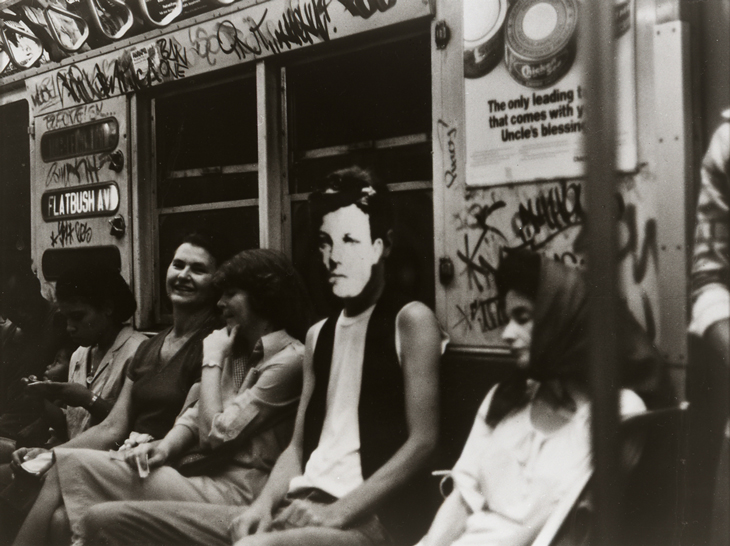
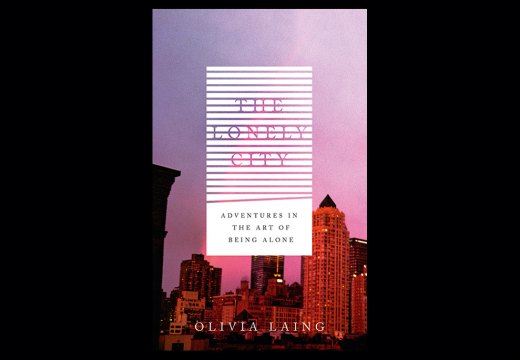

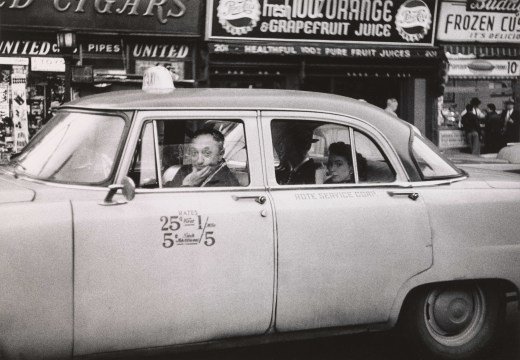









![Masterpiece [Re]discovery 2022. Photo: Ben Fisher Photography, courtesy of Masterpiece London](http://www.apollo-magazine.com/wp-content/uploads/2022/07/MPL2022_4263.jpg)
It’s time for the government of London to return to its rightful home